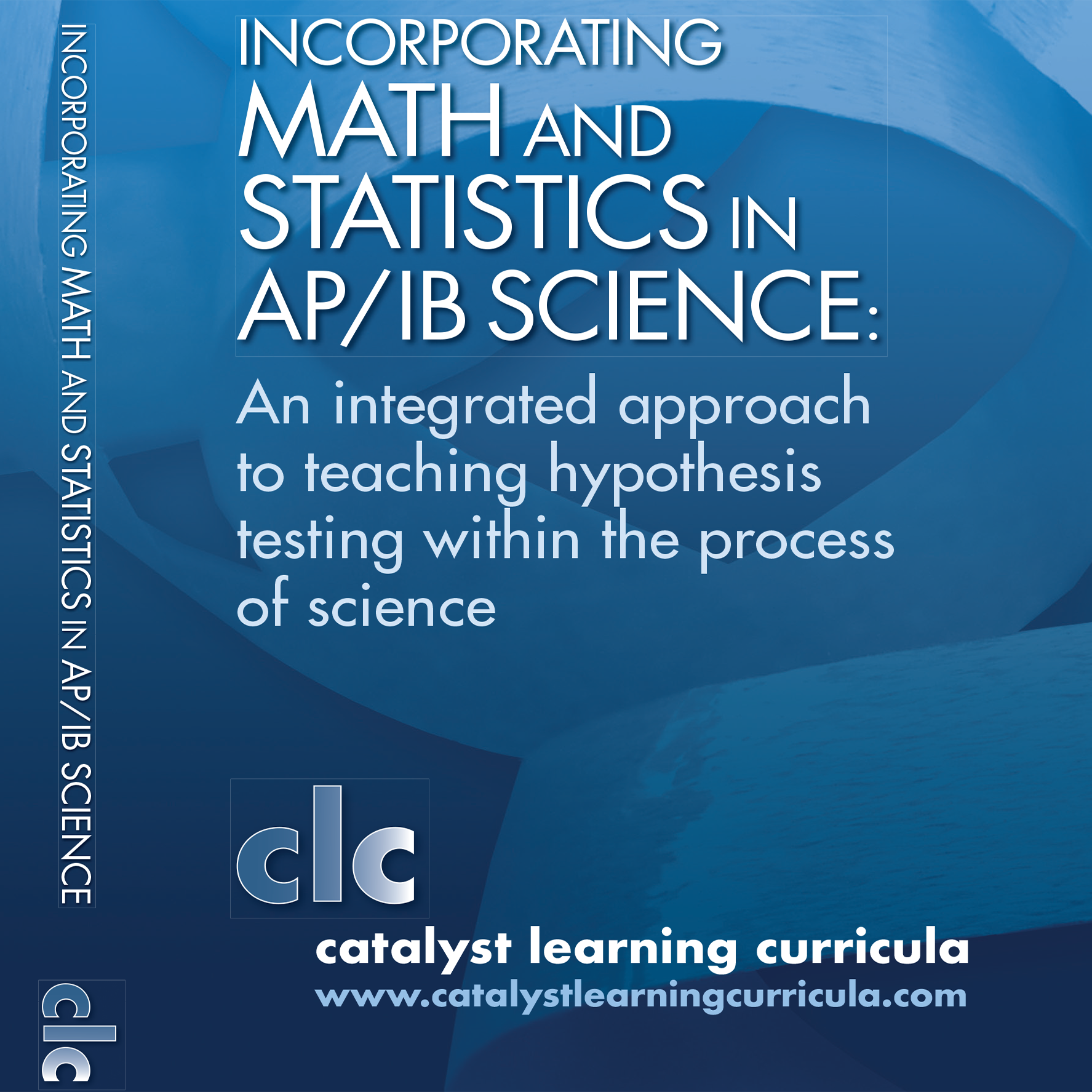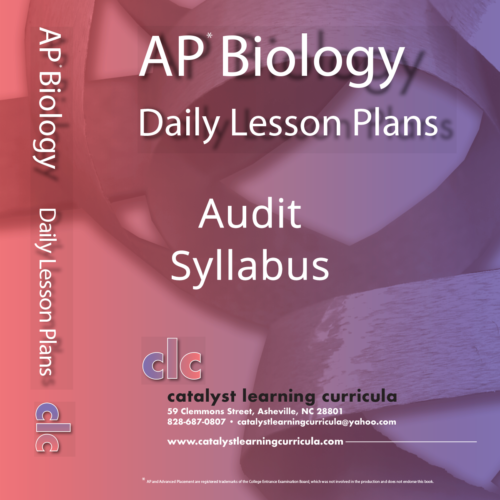Description
14 NGSS-based experiential, higher-order thinking activities for Advanced Placement* (AP), International Baccalaureate** (IB) high school or college students, covered in ~20-22 class periods
Evidence-supported conclusions depend on data collected and analyzed in a manner consistent with the scientific method. This curriculum gives teachers an efficient and effective approach for building students’ math skills and teaching the use of statistics while covering content topics in biology and ecology. Review of significant figures, precision, accuracy, uncertainty, graphing and graph interpretation is laid out in the initial activities to fortify students’ mathematical knowledge base. Process of science concepts are introduced in sequential order, with students learning how to choose an appropriate graph, determine the best sample size, select suitable descriptors of central tendency, write a null hypothesis and express mathematical error. Calculations for variance, standard deviation, standard error of the mean and the 95% confidence interval are covered with step-by-step examples that help students understand the source of each number. Students learn how to choose the correct statistical test to perform with different types of data, practicing chi-squared, Pearson’s Test of Correlation and the Student’s t-test, using easy-to-follow directions and specific applications.
In the culminating activities, students will develop advanced skills that cross over into applied math: using online databases for original scientific research; designing data-based graphic organizers and schematics; writing mathematical equations from models and simulations; and designing formulas on spreadsheets or customized computer programs for data-generating models. Whether your students are fulfilling the Next Generation Science Standards in a general level course, writing Internal Assessments for the IBDP, or preparing for an AP or IB exam, this curriculum is a complete unit for teaching math and statistics as utilized in advanced high school and college science.




